KiMo Theatre
This opulent Pueblo Deco movie palace melds Art Deco and Native American motifs.
In the early 20th century, two architectural styles were quite popular: Art Deco and Pueblo Revival, the former whose clean lines and geometric shapes represented glamor and luxury and the latter shamelessly borrowed elements from the Spanish missions and Native motifs. For a brief period in architectural history, these two distinct styles were combined into a regional style that became known as Pueblo Deco.
While a number of architects did dabble with this style, Mary Colter is cited as the most influential in fusing the Native American and Pueblo elements with the Deco design. Pueblo Deco came to prominence after Art Deco’s arrival at the Paris Exposition of 1925 and a number of architects’ fascination with native motifs. This style was short-lived as the expense of materials such as terracotta, marble, and brass details became impractical in 1929 and ultimately faded away by the late 1930s.
Today, several Pueblo Deco structures remain; however, the best example is Albuquerque’s KiMo Theatre with its southwestern ornamentation contrasted against sleek Deco lines. The KiMo was a vision of Oreste Bachachi, who desired a theater so spectacular in design that it would transcend the other opulent theaters of the 1920s.
Carl Boller was hired to make this dream come true. And it did, until the KiMo lost its stage to a fire in the 1960s and eventually was put on a demolition list. All was not lost, however, as the people of Albuquerque voted to restore the KiMo in 1977, thereby keeping what the City of Albuquerque refers to as a “Pueblo Deco picture palace” alive to this day.
Know Before You Go
Check out the KiMo Theatre's website for information on showtimes and free guided tours.




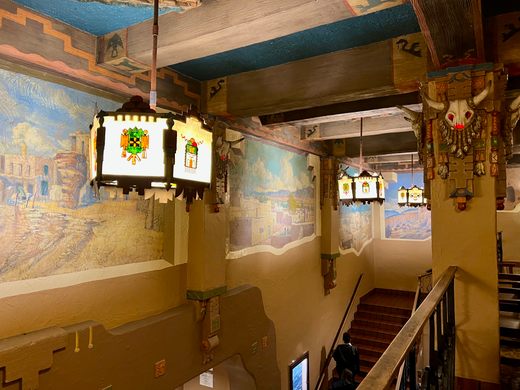

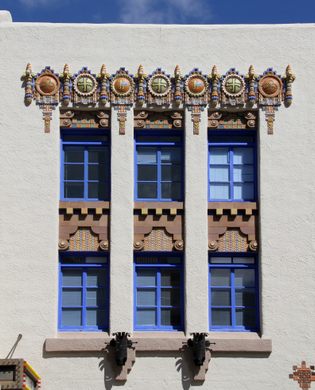



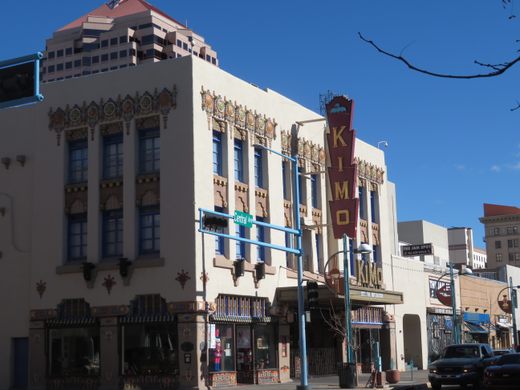
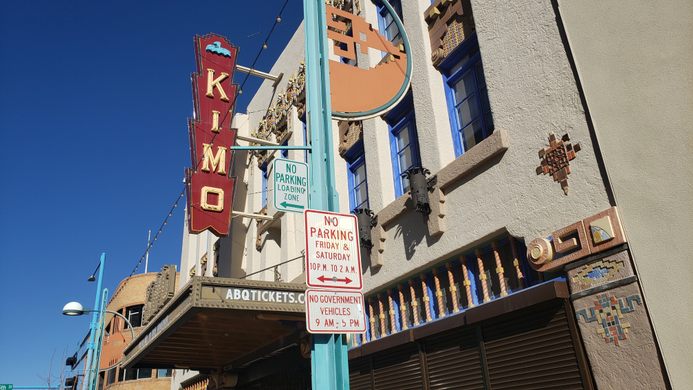


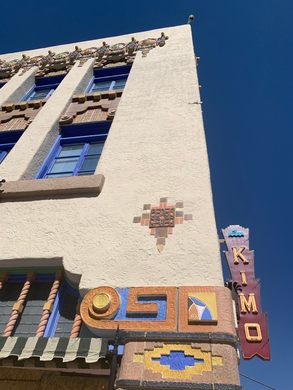













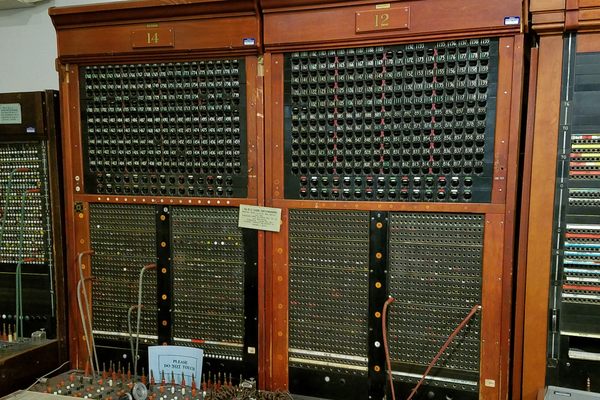








Follow us on Twitter to get the latest on the world's hidden wonders.
Like us on Facebook to get the latest on the world's hidden wonders.
Follow us on Twitter Like us on Facebook